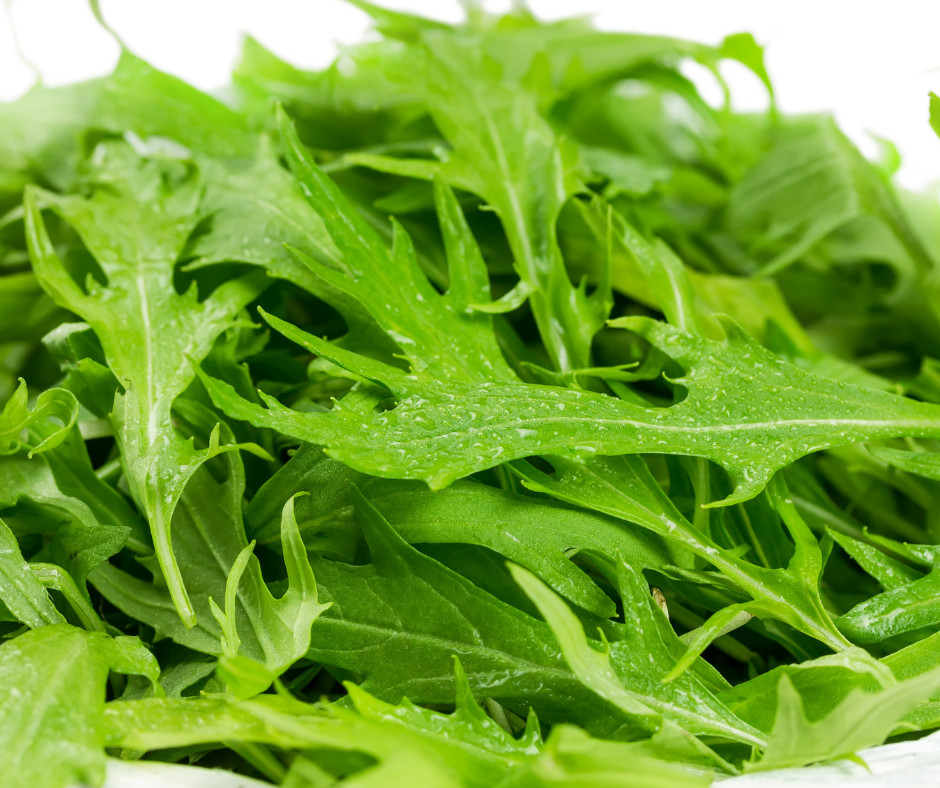
Arugula originated in the Meditarranean region and was highly valued in ancient Roman times. It was brought to North America from Britain long ago. It is in the brassica family like kale, cabbage, brocolli, and bok choy. But due to it's strong taste, it has never been very popular in spite of it's impressive nutrient profile. Here are some reasons you may want to add amazing aruuala to your diet.
Healthy Weight
Like many leafy greens, arugula is low in calories and high in fiber. This can help you feel full longer and support a healthy weight. It's impressive nutrient profile means that you will be able to get a wide variety of vitamins, minerals, and phytonutrients that can support your overall wellness.
Bone Health
Arugula is high in vitamin K, calcium, phosphorus, and magnesium, which can all support your bone health. Vitamin K supports your blood clotting process as well. Because of this, if you are on a blood thinner, you will want to talk to your health practitioner before eating arugula regularly.
Antioxidants
Arugula is rich in phytochemical compunds that act as antioxidants. Antioxidants are anti-inflammatory which may help reduce any discomfort you're experiencing. Antioxidants also protect your cells from the free radicals that you are exposed to every day that can harm your cells. Free radicals come from your body's normal metabolic functions and from outside sources like ozone and chemicals in the air or water you consume.
Heart Health
Arugula is known to contain nitrates which your body converts to nitric oxide. Nitric oxide can help support your cardiovascular system, including your heart. This is because nitric oxide sends signals to dialiate your blood vesseles which can help lower blood pressure. Consuming arugula regularly could support you heart health. Beets are another vegetable that is high in nitrates, but not as high as arugula. Arugula contains more nitrates than any other food that has been measured.
Buy Organic
Unfortunately, farmed arugula is typically treated with strong chemicals to prevent bugs from eating it. In this way it is similar to spinach and kale. It may be easy for you to grow yourself at home though. So try a planter full and see how it goes. The next best way to get it is to visit your local farmers market or health food store.
Did this help you? If so, I'd greatly appreciate it if you commented and/or share it on social media.

Email: sharonledwards@hotmail.com
Facebook: https://www.facebook.com/sharonledwardsbiz/


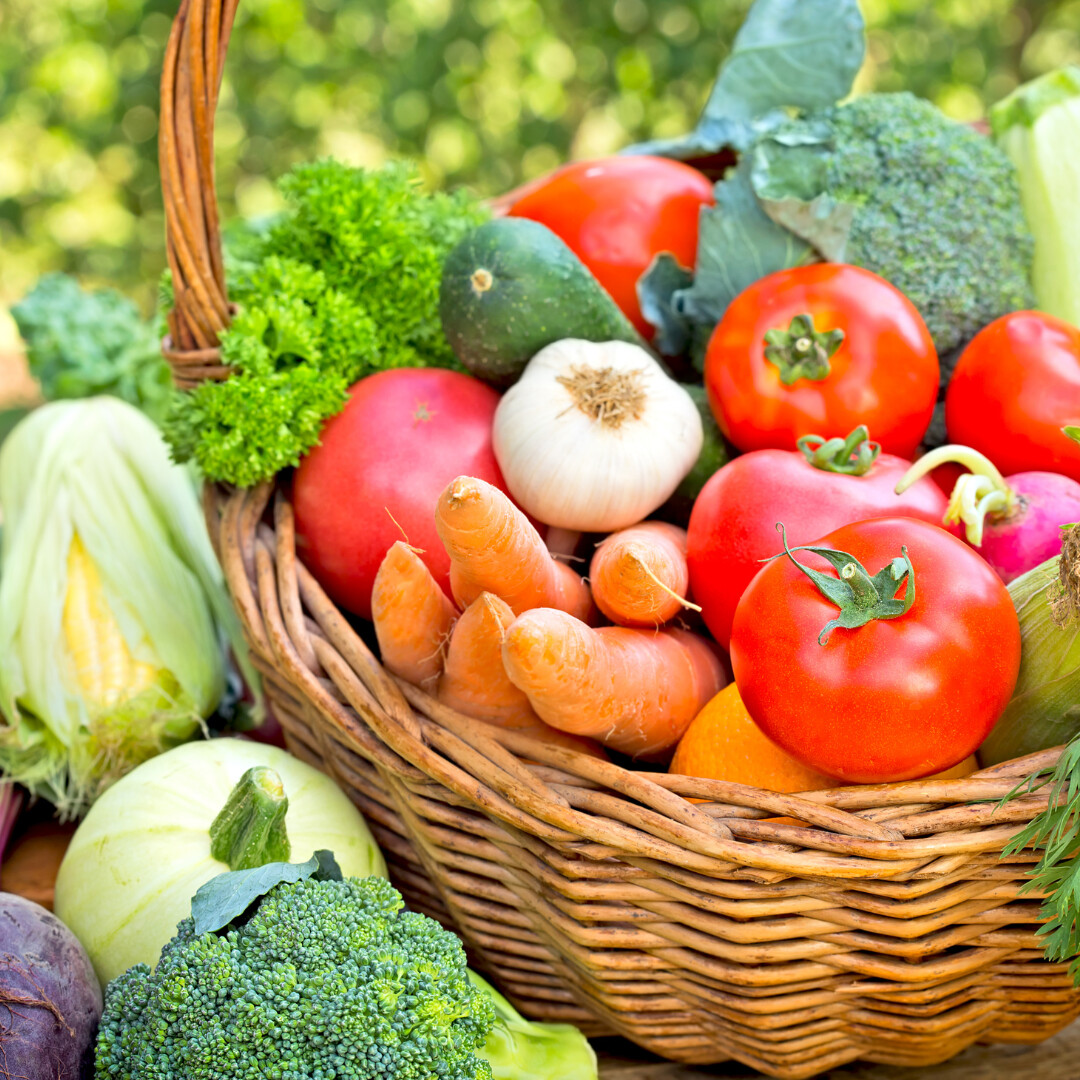
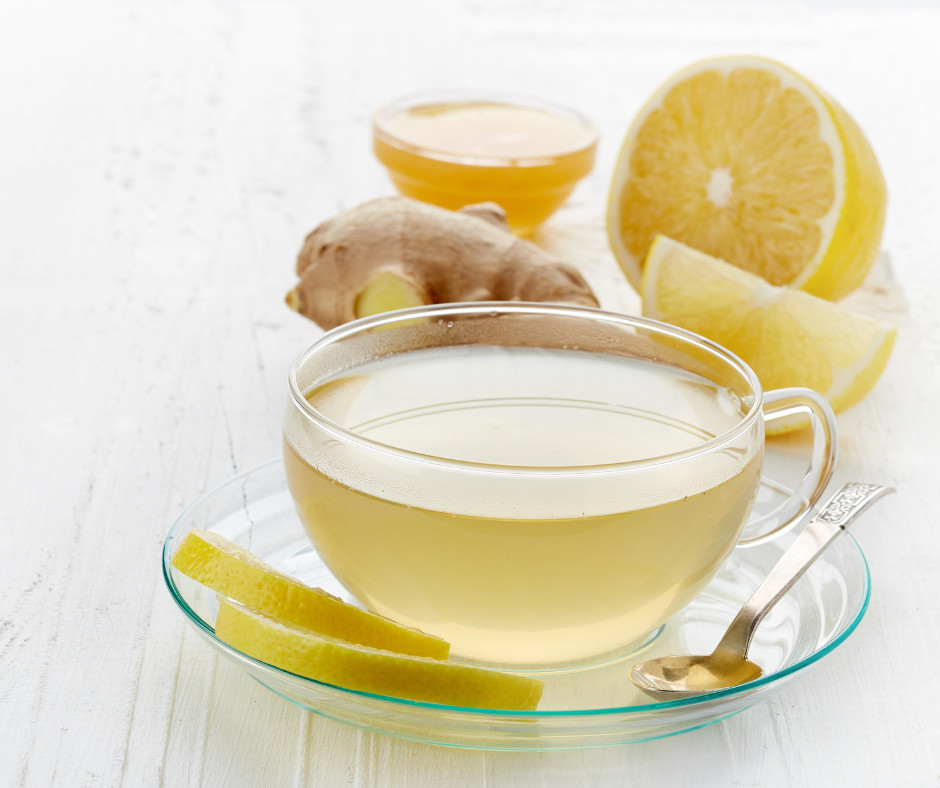
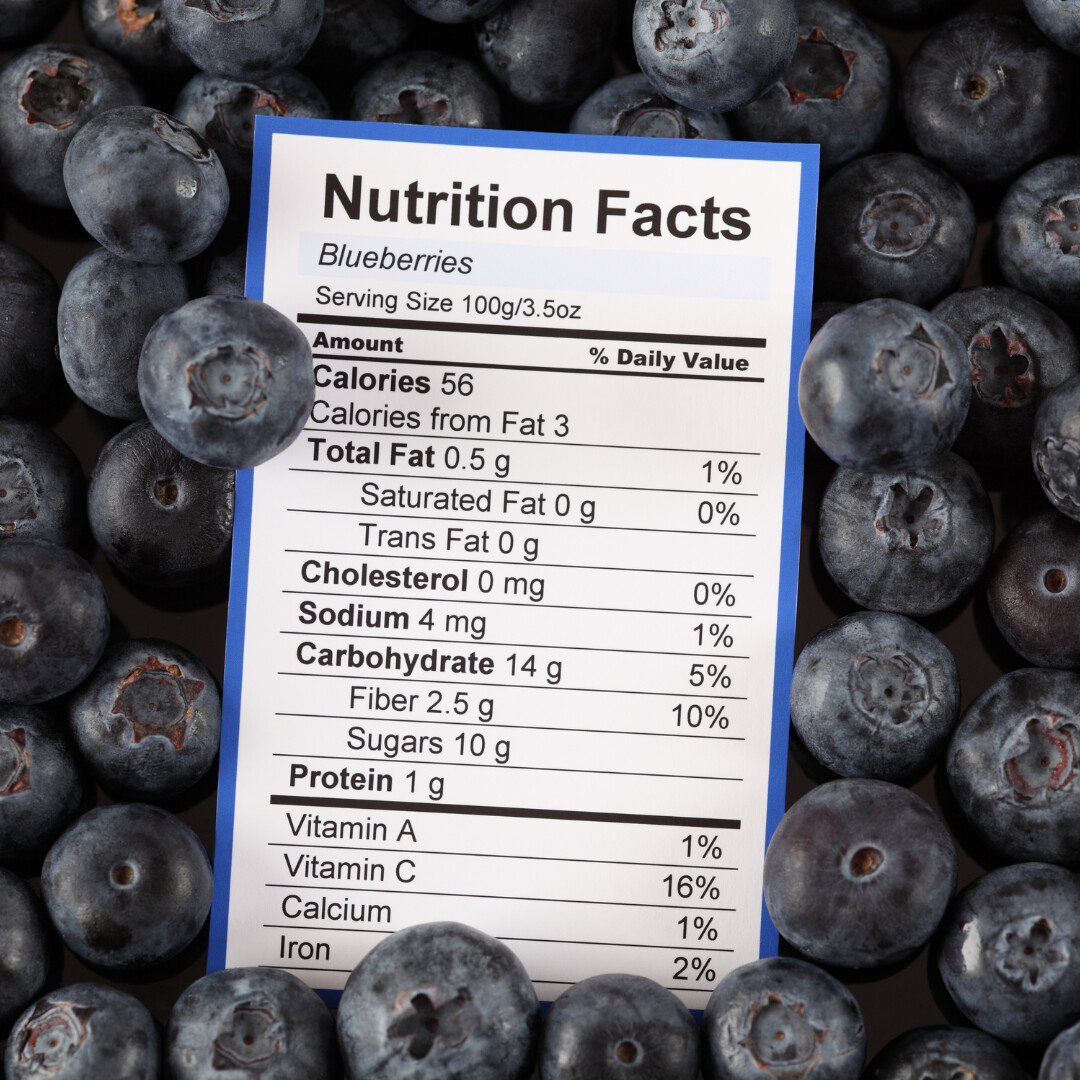


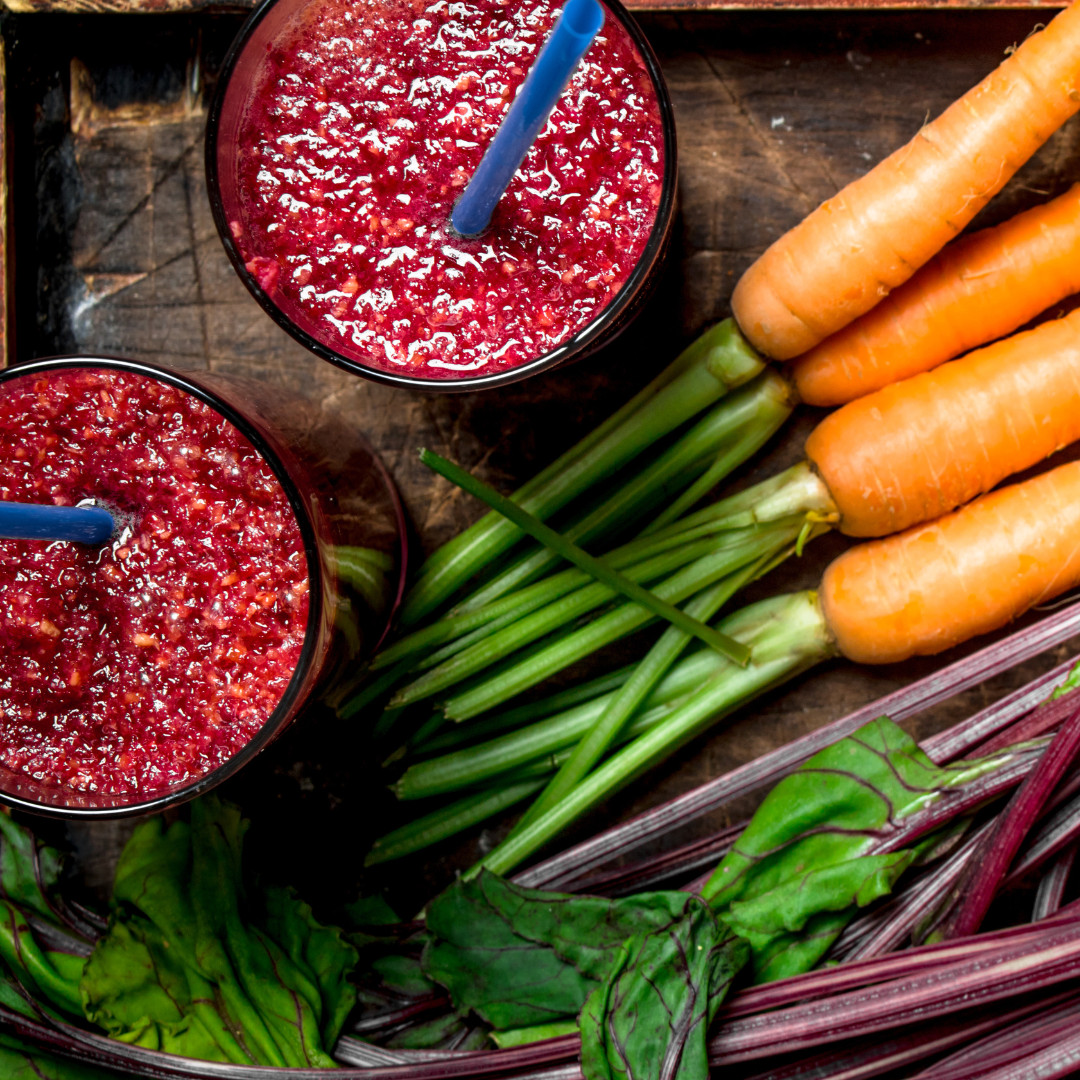
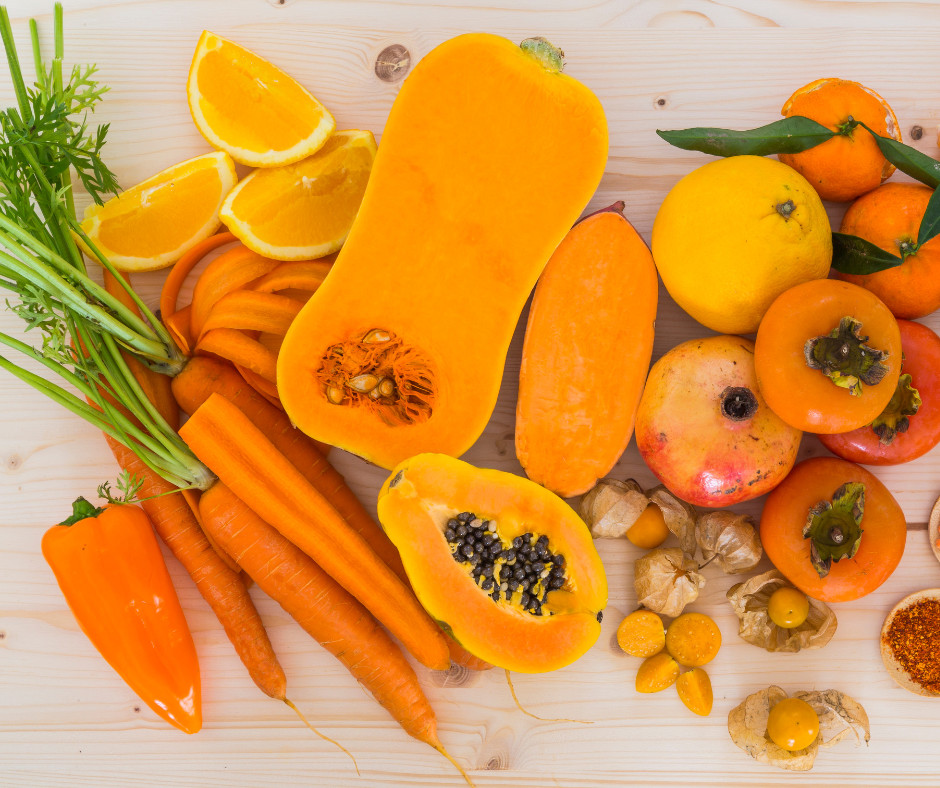

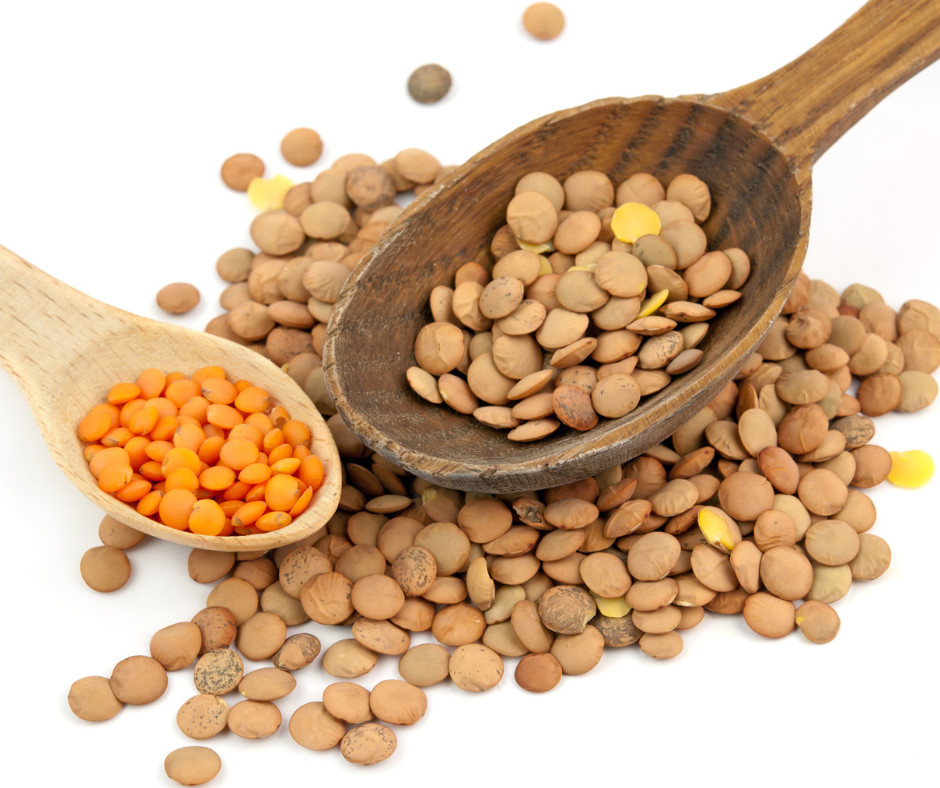
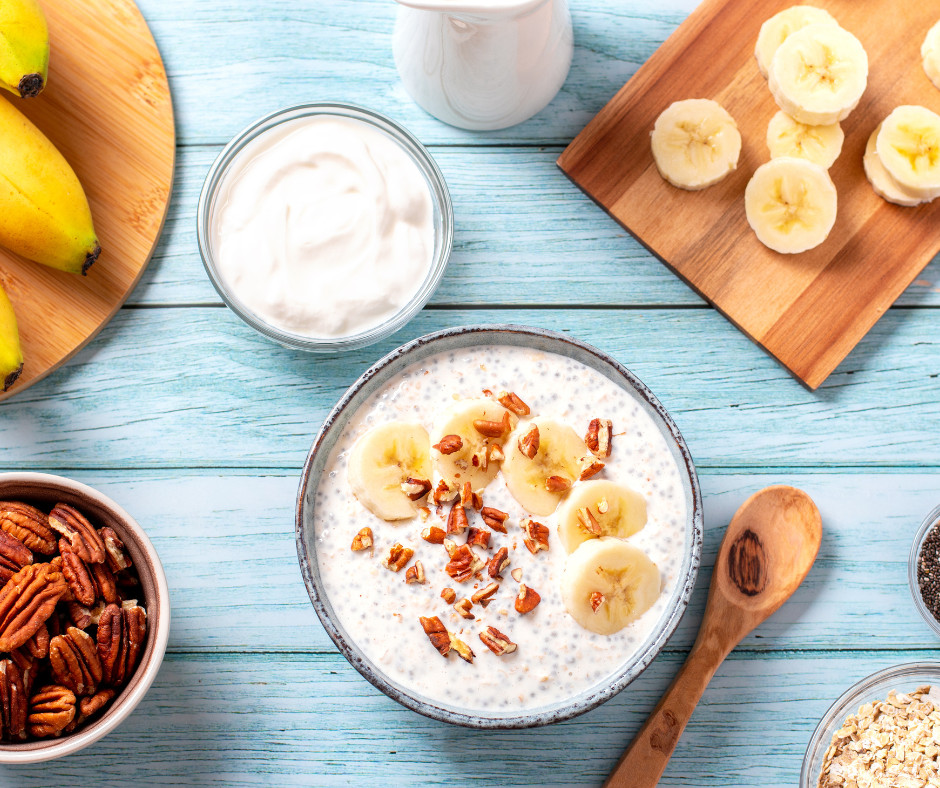




0 Comments